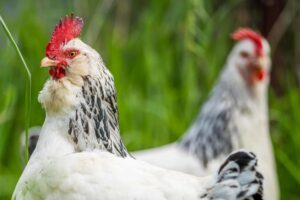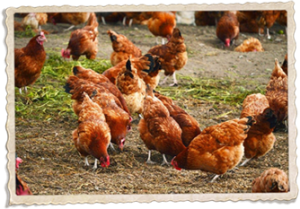As summer begins to wane and the days grow shorter, you may notice something peculiar about your backyard flock: your chickens are losing feathers! Don’t panic. This is likely the natural process known as molting. Here’s what every chicken keeper needs to know about this annual occurrence.
What is Molting?
Molting is a normal part of a chicken’s life cycle where they shed old feathers to make room for new ones. This process usually happens annually, often as we transition into fall. It allows chickens to refresh their plumage in preparation for the colder months ahead.
Recognizing the Signs of Molting
Molting often begins around the neck and breast, gradually progressing towards the tail. It may start with a few feathers here and there, but at its peak, it can look quite dramatic, with some chickens appearing almost naked! You may also notice a drop in egg production during this time as chickens redirect their energy towards growing new feathers.
Supporting Your Molting Chickens
While molting is a natural process, it can be stressful for chickens. Here’s how you can support them:
- Boost Nutrition: Feather growth requires a lot of protein. Consider adding a higher-protein feed or supplement, such as mealworms or sunflower seeds, to their diet.
- Limit Stress: Stress can exacerbate feather loss. Keep your routine consistent, limit handling, and protect your flock from predators.
- Check for Issues: While feather loss is usually due to molting, parasites or bullying can also cause it. Inspect your chickens and their environment to rule out these issues.
What to Avoid During Molting
There are a few things you should avoid when your chickens are molting:
- Avoid Introducing New Birds: New flock members can cause stress and disrupt pecking order, which isn’t ideal during molting.
- Don’t Force Handling: Chickens can be more sensitive during molting. If possible, limit handling to reduce discomfort.
When Molting Becomes a Problem
While molting is usually uneventful, keep an eye out for potential issues:
- Prolonged Molting: Most molts last between 8-16 weeks. If it continues beyond this, consult a vet.
- Unusual Patterns: If feather loss occurs in patches or during unusual times of the year, it might indicate a problem such as parasites or disease.
- Poor Feather Quality: If new feathers look broken, frayed, or discolored, your chicken could be lacking key nutrients.
Conclusion
Molting might give your chickens a temporary ragged appearance, but it’s an essential process for their wellbeing. By understanding molting and providing the right support, you can help your flock transition smoothly into the colder months.
Want more advice on how to care for your chickens year-round? Visit Chickens for Backyards’ website for tips, guidance, and the perfect chicken breeds for your backyard flock. Remember, a well-cared-for chicken is a happy chicken!

